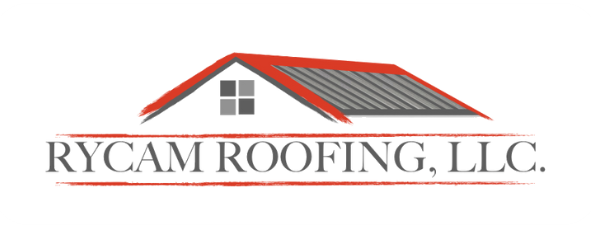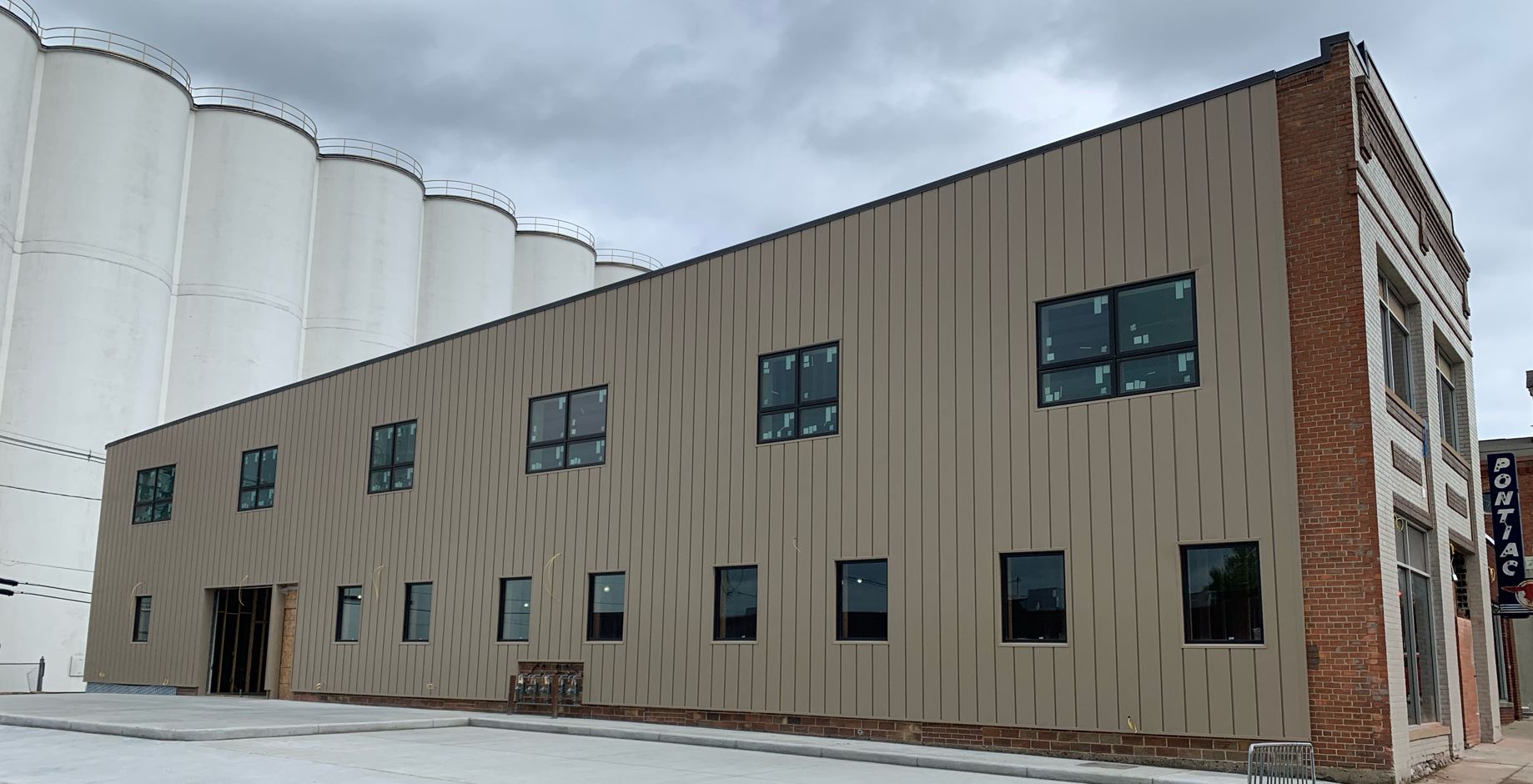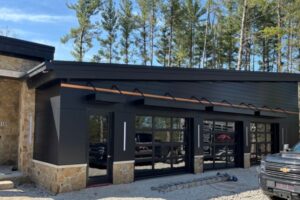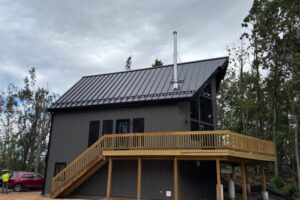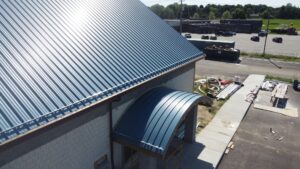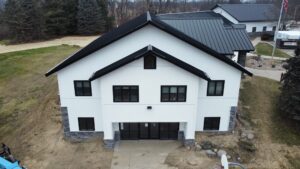Building restoration is an essential process for maintaining the longevity, safety, and aesthetics of properties. Whether restoring a historic home, commercial building, or residential property, the methods and materials used can significantly impact both the environment and the building’s long-term durability. In recent years, eco-friendly building restoration has gained momentum as homeowners, contractors, and architects strive to minimize environmental impact while maximizing the quality and longevity of restoration projects. By integrating sustainable materials and environmentally conscious practices, property owners can protect their investment while contributing positively to the planet.
Why Choose Eco-Friendly Building Restoration?
Traditional building restoration often relies on materials and practices that can be resource-intensive or environmentally harmful. For instance, some conventional paints, insulation, and flooring materials release harmful chemicals, while demolition and disposal generate excessive waste. Eco-friendly restoration, on the other hand, focuses on:
- Reducing resource consumption through the use of recycled or renewable materials.
- Minimizing waste by reusing or recycling building components.
- Improving energy efficiency with sustainable insulation and energy-saving systems.
- Enhancing indoor air quality by using non-toxic materials.
- Preserving historic and structural value through thoughtful repair rather than replacement.
By prioritizing sustainability, property owners not only protect the environment but also often see long-term cost savings and increased property value.
Sustainable Materials for Restoration
The foundation of eco-friendly restoration lies in choosing materials that are renewable, recycled, or long-lasting. Some popular sustainable materials include:
1. Reclaimed Wood:
Reclaimed or salvaged wood from old structures is an excellent choice for flooring, beams, siding, and decorative elements. It reduces the demand for newly harvested timber while adding unique character to a property.
2. Recycled Metal:
Metals such as steel, aluminum, and copper are durable and recyclable without losing strength. Using recycled metals for roofing, siding, or structural components decreases the need for new raw materials.
3. Bamboo:
Bamboo is a rapidly renewable material that grows faster than traditional hardwoods. Its strength and versatility make it ideal for flooring, wall panels, and furniture.
4. Low-VOC Paints and Finishes:
Volatile organic compounds (VOCs) in conventional paints can harm air quality. Low- or zero-VOC paints offer a safer, environmentally friendly alternative for walls, trim, and cabinetry.
5. Recycled Glass and Tiles:
Tiles, countertops, and decorative surfaces made from recycled glass conserve natural resources while providing a modern aesthetic.
6. Eco-Friendly Insulation:
Materials like cellulose, recycled denim, or sheep’s wool offer energy-efficient insulation options that reduce environmental impact compared to traditional fiberglass or foam.
7. Sustainable Concrete:
Low-carbon or recycled concrete products minimize greenhouse gas emissions while providing durable foundations and structural support.
Eco-Friendly Practices in Restoration
Beyond materials, implementing sustainable practices throughout the restoration process is crucial. Key strategies include:
Waste Reduction and Recycling:
Segregate construction waste for recycling and reuse whenever possible. Metals, wood, plastics, and glass can often be repurposed in other projects.
Energy-Efficient Techniques:
Use energy-efficient tools during restoration, and consider upgrading systems such as lighting, heating, and cooling to reduce long-term energy consumption.
Water Conservation:
Incorporate low-flow fixtures, rainwater harvesting, and efficient cleaning methods to minimize water waste during the restoration process.
Preservation Over Replacement:
Whenever feasible, repair or restore existing structures instead of replacing them. Preserving original materials maintains the building’s character and reduces material consumption.
Local Sourcing:
Sourcing materials locally reduces transportation emissions and supports local economies, often resulting in faster delivery and better material compatibility.
Sustainable Demolition:
If demolition is necessary, carefully deconstruct the property to salvage reusable materials rather than relying on traditional demolition methods that generate excessive waste.
Benefits of Eco-Friendly Restoration
The advantages of sustainable building restoration extend beyond environmental impact. They include:
- Lower Carbon Footprint: Reduced resource consumption and waste help conserve natural resources and reduce greenhouse gas emissions.
- Cost Efficiency: Durable materials and energy-saving systems lower maintenance and utility costs over time.
- Healthier Living Environments: Non-toxic materials and improved air quality create safer spaces for occupants.
- Enhanced Property Value: Eco-friendly properties appeal to environmentally conscious buyers and can increase resale value.
- Regulatory Incentives: Many local and national programs offer tax credits or certifications for using sustainable building practices.
Steps to Begin a Sustainable Restoration Project
For those considering eco-friendly building restoration, the following steps can help ensure success:
- Consult Professionals: Hire contractors experienced in sustainable practices to guide material selection and project planning.
- Plan Early for Sustainability: Incorporate eco-friendly strategies at the design stage for maximum impact.
- Conduct a Material Audit: Identify materials that can be reused, recycled, or replaced with sustainable alternatives.
- Educate the Team: Ensure all workers and subcontractors understand sustainable restoration methods.
- Measure Impact: Track waste reduction, energy efficiency improvements, and material use to assess environmental benefits.
Conclusion
Eco-friendly building restoration is more than a trend—it is a responsible and forward-thinking approach to property maintenance and renovation. By using sustainable materials and adopting environmentally conscious practices, property owners can reduce their ecological footprint while protecting their investment. Whether restoring a historic home, commercial building, or residential property, prioritizing sustainability ensures that restoration projects contribute to a greener, healthier, and more resilient future. By making conscious choices today, you are not only preserving your property but also helping to preserve the planet for generations to come.
